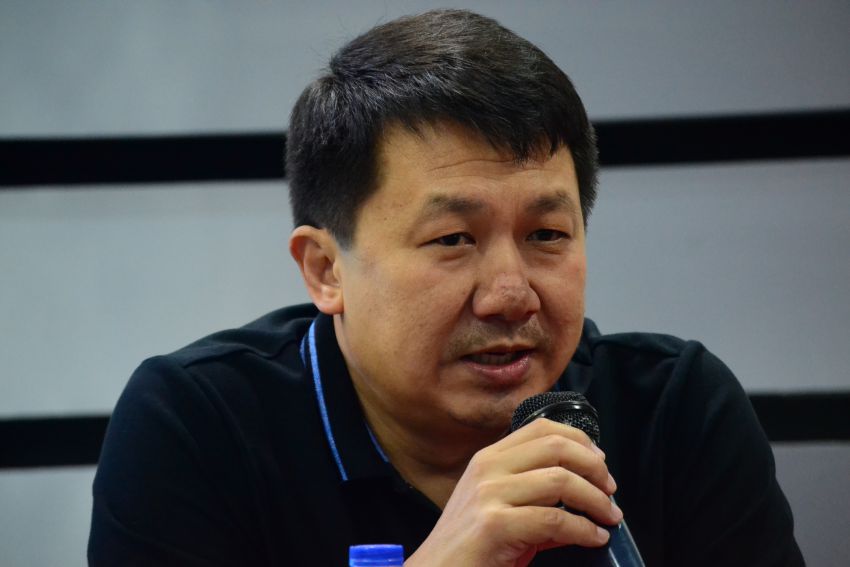
LESS PREVALENCE. Dr. Ashley Lopez of Davao City Chest Center says thataccording to a local survey he conducted in 2013, the city has lower prevalence rate compared to the national statistics. Lopez said in a press conference on Friday, July 28, he relates the figures to the strict implementation of the anti-smoking ordinance in the city. (Robby Joy D. Salveron/davaotoday.com)
DAVAO CITY, Philippines – One major factor why the city’s prevalence rate on smoking is lower than the national prevalence rate is because of the strict implementation of the anti-smoking ordinance, an official said.
Davao Chest Center Head, Dr. Ashley Lopez told reporters in a press conference on Friday, July 28, the efforts of the city government in imposing the law has took effect on the smokers here in the city.
Lopez cited a local survey he conducted in 2013 where results showed a 20 percent prevalence rate of smokershere, eight percent lower than the national prevalence rate of 28 percent in 2009.
Lopez said that according to the 2009 Global Adult Tobacco Survey (GATS), results revealed that 28 percent or 17.3 million Filipino adults aged 15 years and older are tobacco smokers.
“I would relate this to probably the strict implementation of our existing ordinance on smoking. It’s one of the factors why the city has lower prevalence rate compared to the national statistic,” Lopez said.
In 2002, the city council passed the Comprehensive Anti-Smoking Ordinance and since then, it has been strictly implemented in the city. Few amendments were later made to ensure strict implementation of the ordinance and public’s health is protected.
In May this year, Interim Vice Regulation Unit Chief Voltaire Engracia reported that from a period April 12 to May 20, about 6,483 individuals were apprehended for smoking in public areas in the city. Engracia said the enforcement is aimed to make Davao city as a ‘smoke-free city.’
“We have a very strong ordinance in smoking,” Lopez said.
Apart from the apprehension, the city also offers smoking cessation counselling to violators or those who wanted to quit smoking.
Lopez said currently, the city has 19 heath centers or smoking cessation clinics and since 2012 they have already 3,000 clients who underwent the counselling.
Lopez assured that the office will also continue to conduct lectures and programs to reduce the effects of smoking and as well as reduce the number of smokers in the city.
“The advocacy activities are year-long. We do not stop on advocacies especially in lectures that we conduct in schools, factories, communities and any other groups,” Lopez said.








